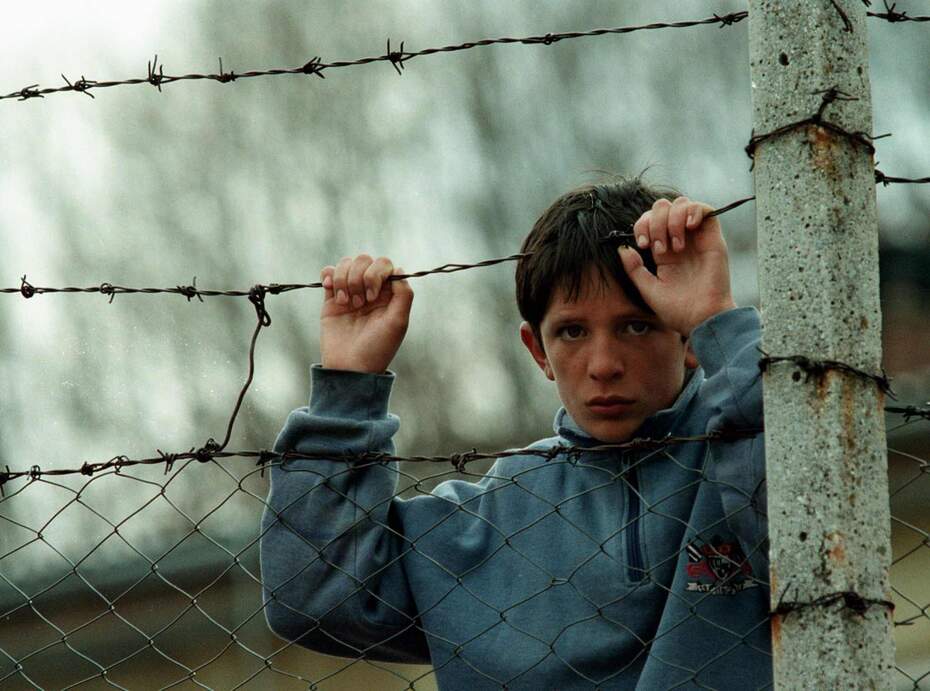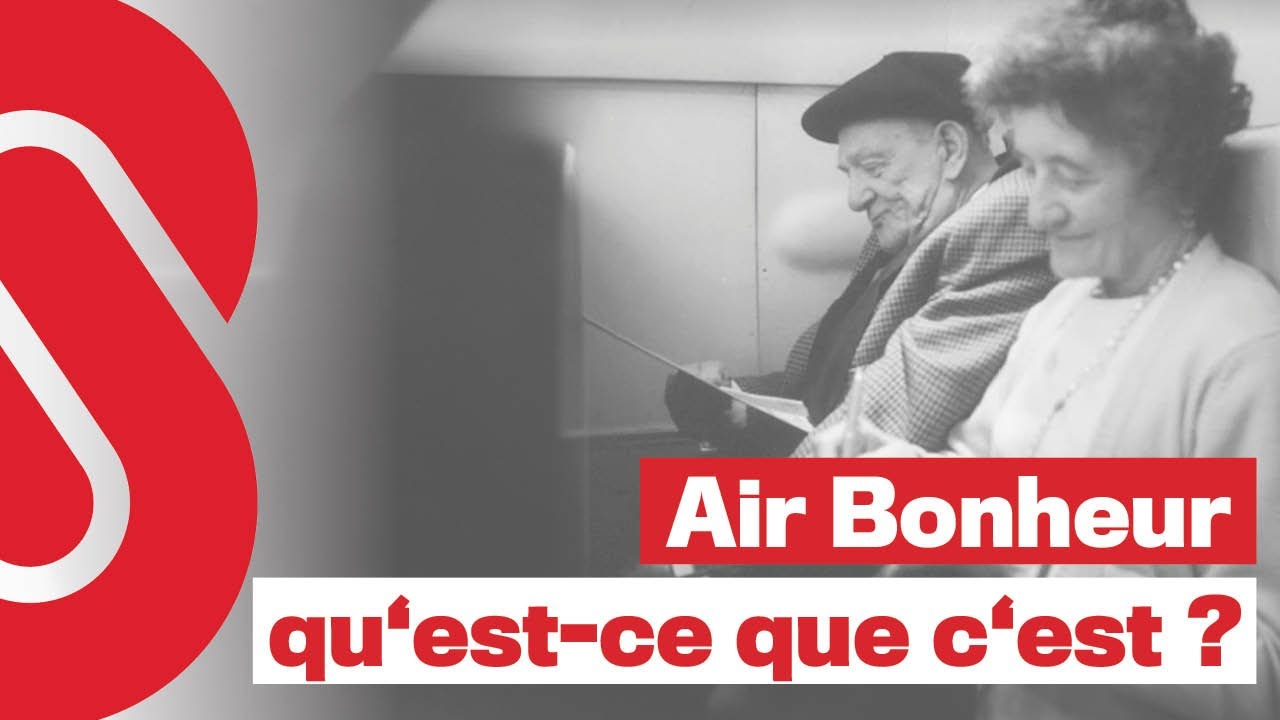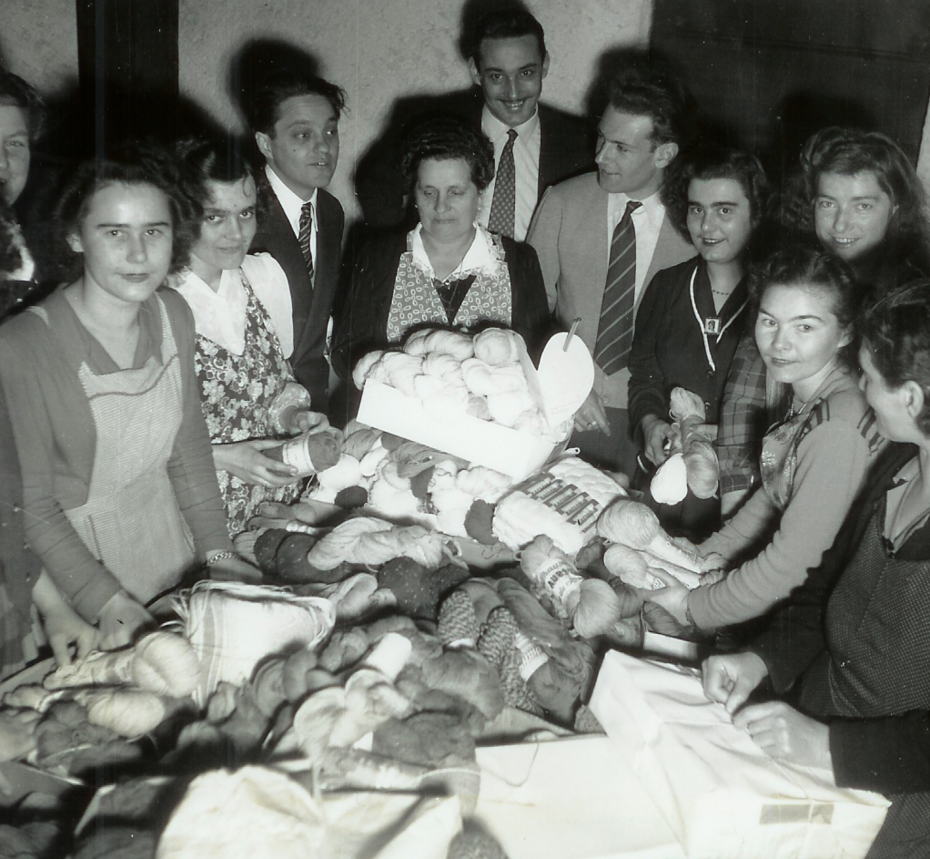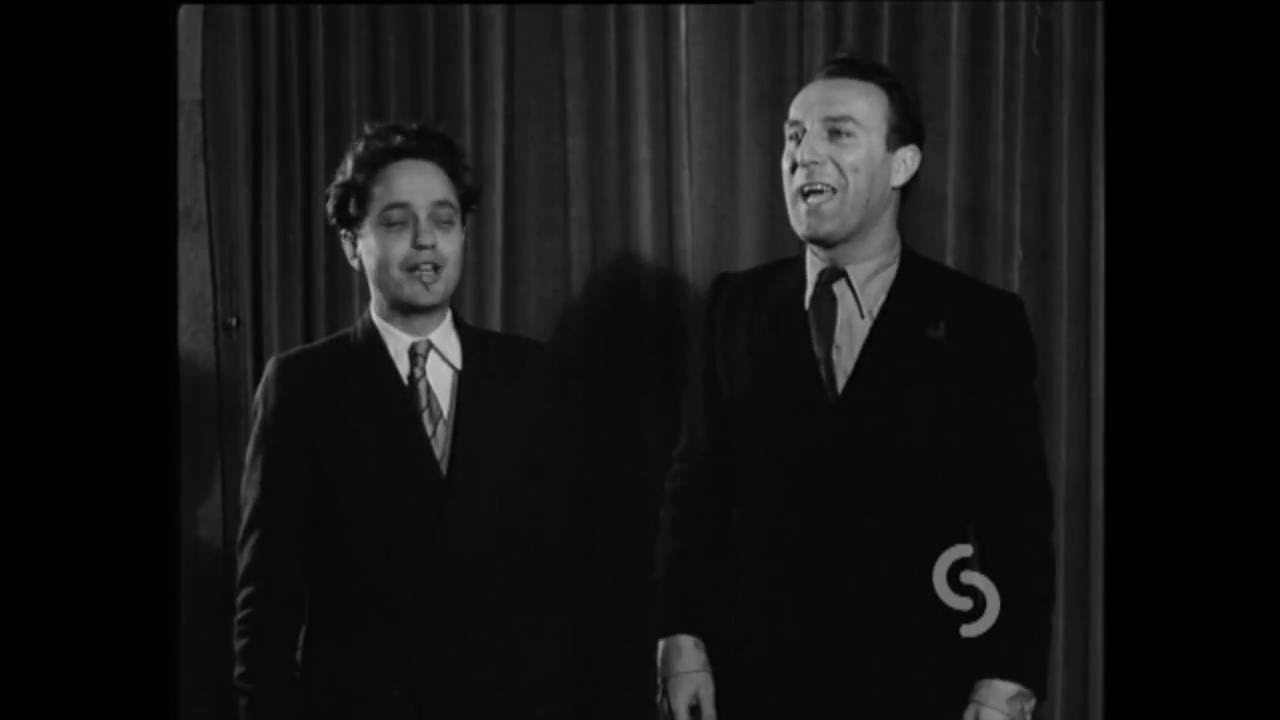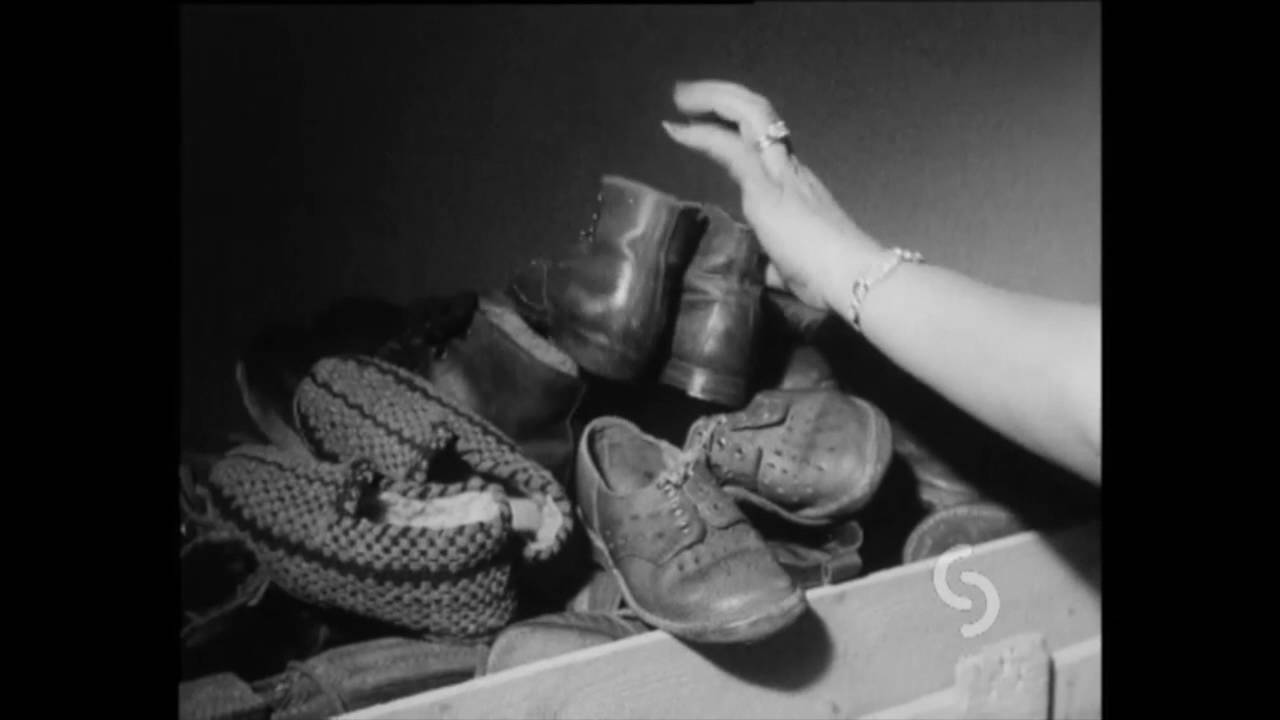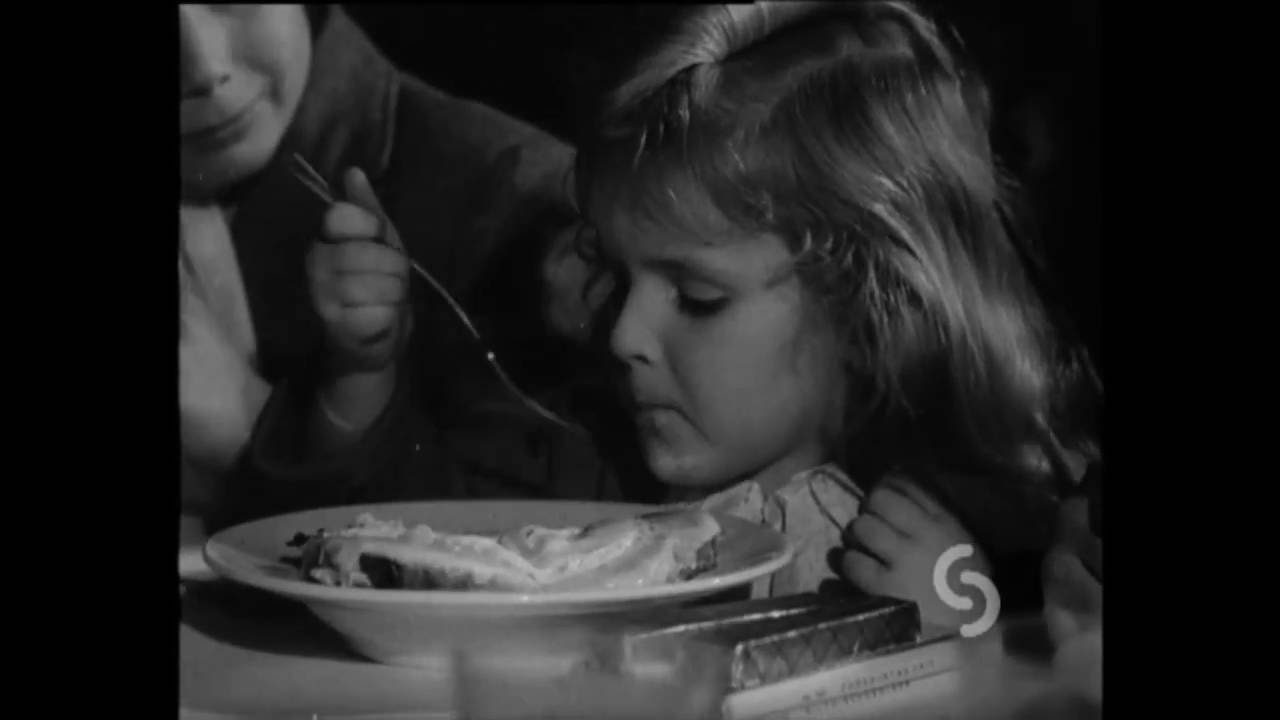About us
Our story
Who could have imagined that a radio programme would become one of Switzerland’s biggest humanitarian funders?
Founded in 1946 by Roger Nordmann and Jack Rollan, Swiss Solidarity has continued to embody the Swiss people’s spirit of solidarity ever since.
Happiness for everyone!
Known in English today as Swiss Solidarity, Chaîne du Bonheur (meaning ‘chain of happiness’) was conceived by singer-songwriter Jack Rollan and journalist Roger Nordmann as a radio programme in the period immediately following the Second World War. From the outset, the programme’s mission was to promote solidarity in Switzerland. The programme was first broadcast on Radio-Sottens, the forerunner of RTS, on 26 September 1946.
Its principle was simple: a listener would make a wish on air, and someone else would make that wish come true, before making one of their own. The goal was to avoid breaking the chain of solidarity. At the time, this interactive radio concept was revolutionary and was soon adopted not only in the country’s other linguistic regions, but also other countries. The programme was broadcast regularly until the end of the 1950s, and later on occasion.
With over 260 appeals and more than CHF 2 billion raised since it was founded, Swiss Solidarity has become Switzerland’s largest private funder of humanitarian aid.
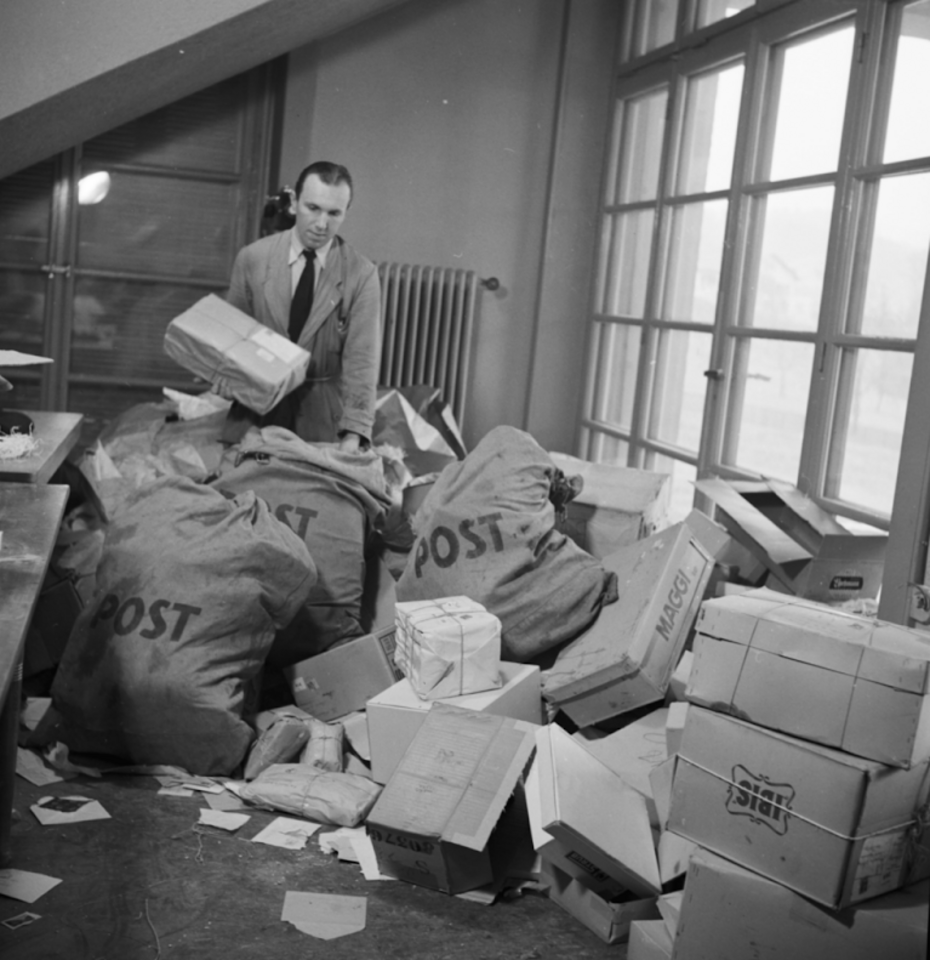
Swiss Solidarity on the international stage
Starting on Christmas in 1948, the programme was broadcast in collaboration with several European and even American radio stations when exceptional circumstances warranted it.
Examples include the floods in the Netherlands in 1953, the Malpasset dam burst in France in 1954 and the Marcinelle mining disaster in Belgium in 1956.
At the end of the war, in a Europe still marked by misery and destruction, Swiss Solidarity was a rare entity that functioned in spite of borders and prevailing prejudices, providing rapid, effective and impartial humanitarian assistance to distressed populations.
"I can even venture to say that nothing like Swiss Solidarity International exists anywhere in the world of radio. Is it not a singular example of international cooperation, not only artistically, but also and above all, on a human level? And doesn’t it align perfectly with the aims of the UN and UNESCO, among others?"
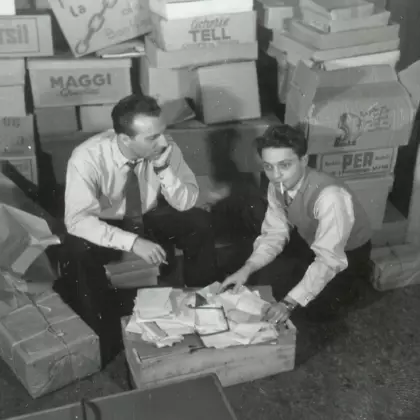
Roger Nordmann
Co-founder of Swiss Solidarity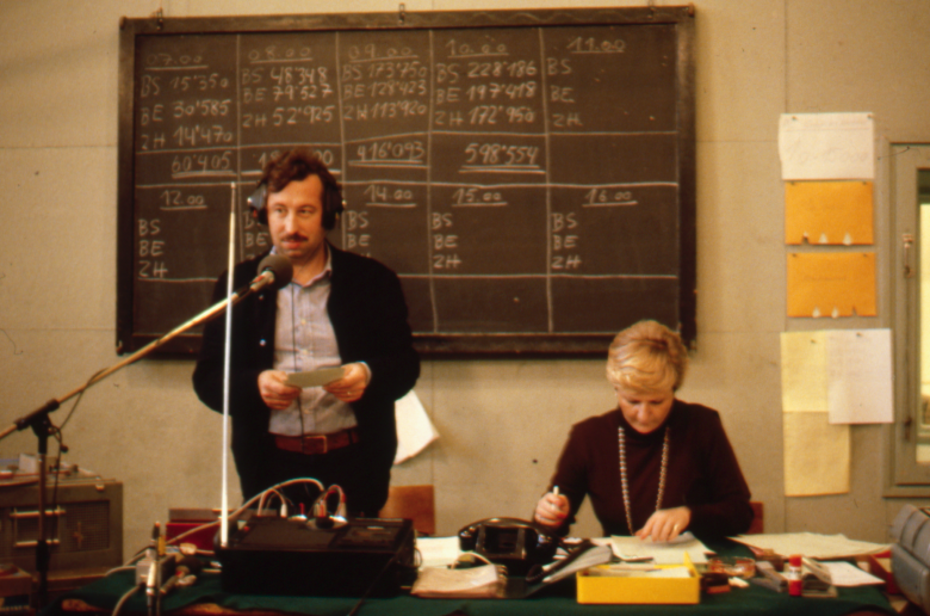
From radio show to funder
In the early days, Swiss Solidarity collected donations in kind to help those in need in Switzerland and abroad. It didn’t take long for the radio studio to be flooded with parcels and basic necessities. Radio Sottens, which was not set up as a charity, chose the Swiss Red Cross as its first humanitarian partner for the distribution of donations.
In 1983, Swiss Solidarity became the independent foundation it is today. However, we have maintained very close links with SRG SSR, whose various business units – SRF, RTS, RSI and RTR – amplify our appeal for donations and broadcast our National Days of Solidarity.
Since then, cash donations have become the norm. The money raised is used to help people suffering the effects of natural disasters and war. Swiss Solidarity has always been committed to helping children and vulnerable people, whether in Switzerland or beyond the country’s borders.
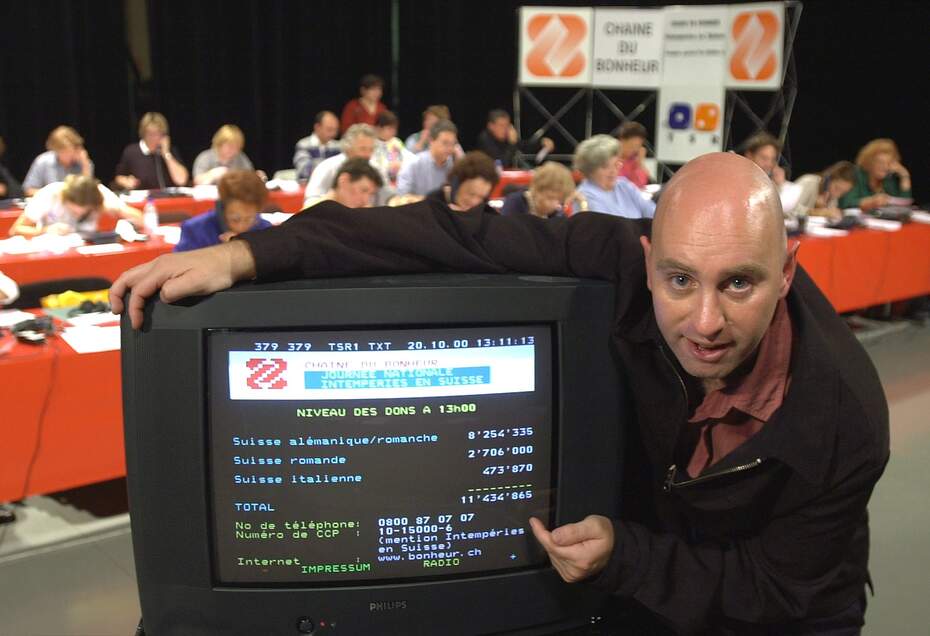
Jean-Marc Richard, an emblematic voice of Swiss Solidarity
Every time Swiss Solidarity sets the wheels of solidarity in motion, he is there tirelessly reminding people of the telephone number and promoting solidarity among the French-speaking community. He also has a long and storied history as a radio presenter.
Important dates
1946
On 26 September, the first ‘Chaîne du Bonheur’ programme was broadcast on Radio Sottens.
1947
“Glückskette”, the Swiss-German version of Swiss Solidarity, was launched.
1948
Swiss Solidarity International launched its first appeal for donations.
1983
Leo Schürmann, then director of SRG SSR, made Swiss Solidarity an independent foundation.
1991
For the first time, RTR took part in a fundraising day, staffing a switchboard in Chur.
1999
We received the international human rights prize in recognition of our humanitarian work, specifically for our relief efforts in Kosovo.
2004
We raised CHF 227 million for people affected by the tsunami that struck on 26 December. It was the most successful fundraising campaign in recent memory.
2019
We dedicated our 250th fundraiser to women living in forgotten crises.
2020
We launched a fundraising campaign in response to the pandemic that completely upended the world order. We raised a total of CHF 43,457,744 for the Coronavirus Switzerland fund.
2021
We launched the 75th anniversary appeal dedicated to children in need in Switzerland and around the world, raising more than CHF 8.8 million for child relief at home and abroad.
2022
In March 2022, the people of Switzerland demonstrated their incredible solidarity by donating over CHF 130 million – this was the second largest sum raised since Swiss Solidarity was founded – for people suffering the impacts of the war in Ukraine.
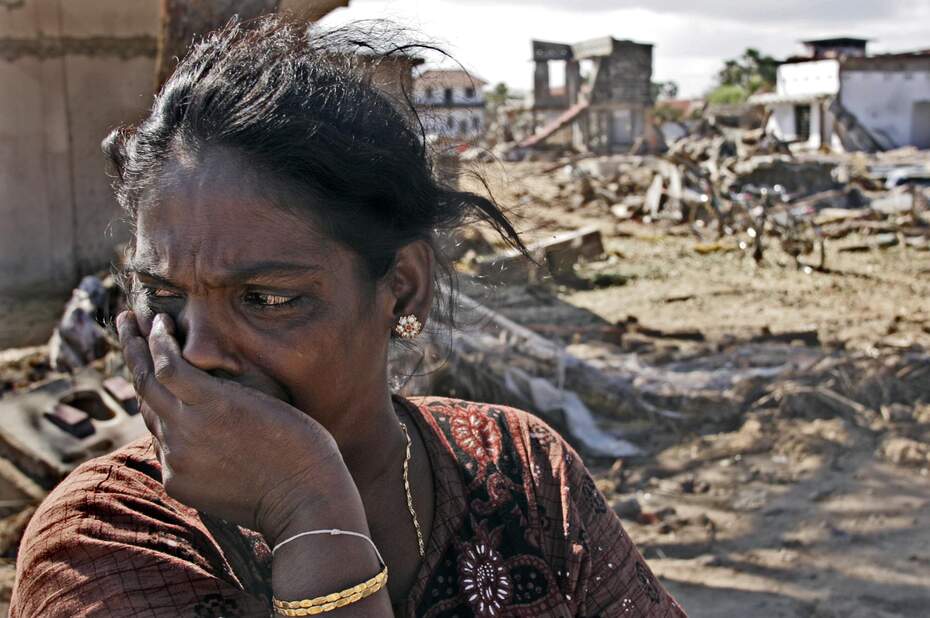
2004 tsunami in Southeast Asia
On 26 December 2004, the world witnessed one of the worst natural disasters of our time: an underwater earthquake in South-East Asia triggered two gigantic tidal waves, bringing devastation to 13 countries and claiming almost 215,000 lives.
The tsunami affected nearly 15 million people, including 1.7 million left homeless. The dramatic images, the sheer extent of the damage suffered by several countries, the very high human toll and the urgent needs of the populations triggered an unprecedented outpouring of solidarity.
We raised a record CHF 227.7 million in what would become Swiss Solidarity’s largest ever fundraising campaign.

War in Ukraine
On 24 February 2022, Russia invaded Ukraine. In the first few months alone, millions fled the country seeking refuge in neighbouring countries and Switzerland. Swiss Solidarity immediately launched an appeal for donations and the weeks that followed were marked by a powerful wave of solidarity. This became the second largest fundraising campaign in Swiss Solidarity’s history.
Very soon after the war broke out, Swiss Solidarity funded aid projects run by its partner organizations in Ukraine and neighbouring countries, while also supporting refugees in Switzerland.
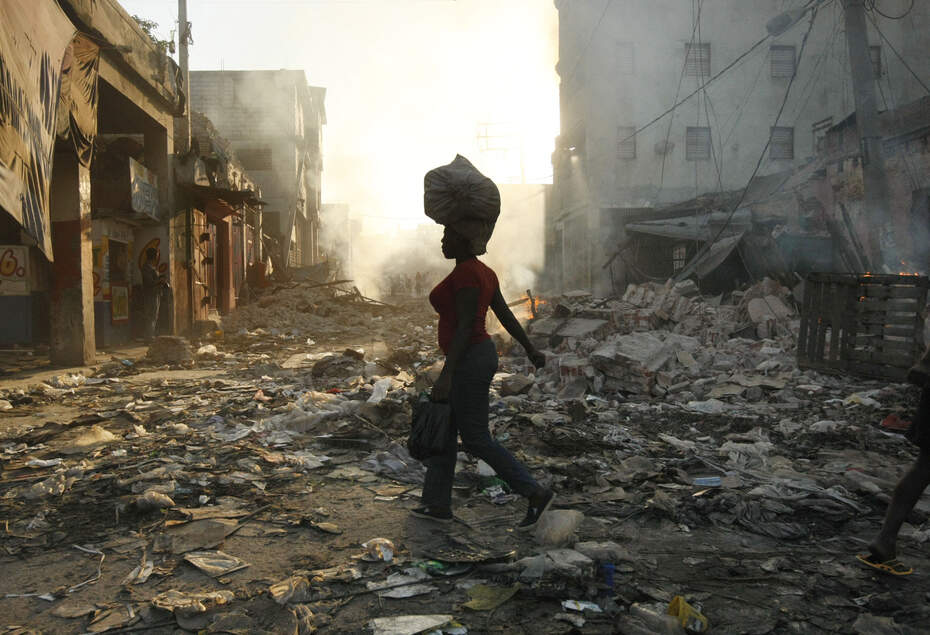
Earthquake in Haiti
Our partner NGOs, present in Haiti long before the 2010 disaster, quickly deployed emergency aid, distributing food, water, shelter and medical care. We then contributed to the reconstruction efforts, rehabilitating 2,700 houses and bringing them up to earthquake- and cyclone-resistant standards, while also installing 3,300 latrines and 2,500 water tanks. In all, we funded 90 projects which were carried out by 22 NGOs.
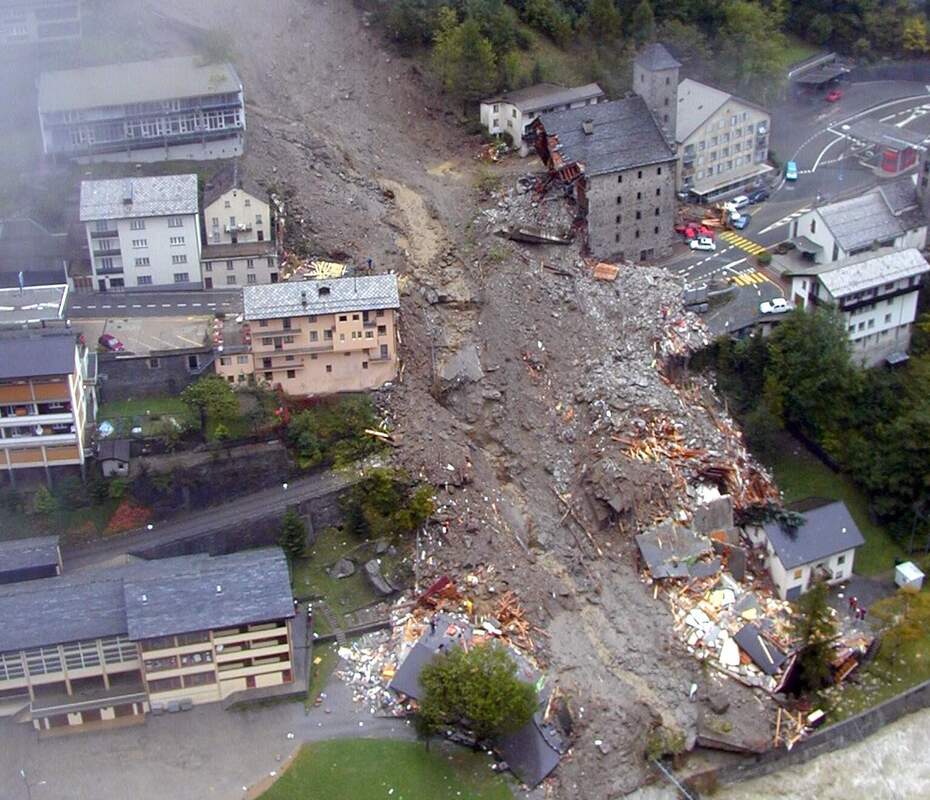
Severe weather events in Valais and Ticino
The solidarity campaign we launched following the severe weather events in the cantons of Valais and Ticino in 2000 was the third largest in our history, with a third of the funds raised going to the two worst-hit communes: Gondo (CHF 13 million) and Baltschieder (CHF 14 million).
The remainder was used to provide financial aid to private individuals, corporations and municipalities in difficulty in Valais, Ticino and the neighbouring regions of Aosta and Ossola.
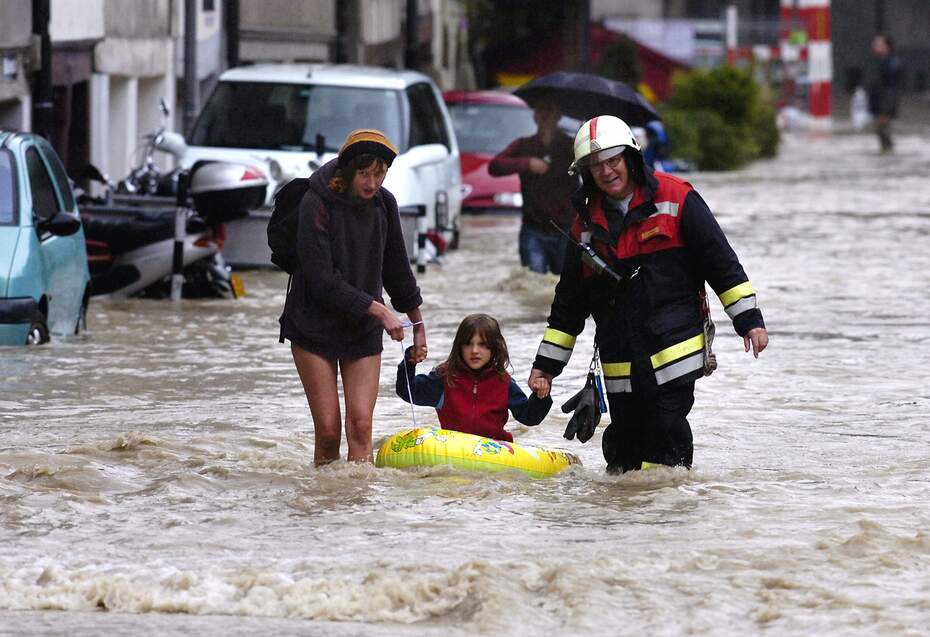
Extreme weather in Switzerland
In 2005, Switzerland was hit particularly hard by extreme weather events: storms, flooding, landslides and rising water levels. The hardest hit regions were the Bernese Oberland, Central Switzerland (particularly the cantons of Uri, Lucerne, Obwalden and Nidwalden), part of Graubünden and Bern’s Matte district. The authorities and insurance companies put the total damage at an estimated CHF 2.5 billion.
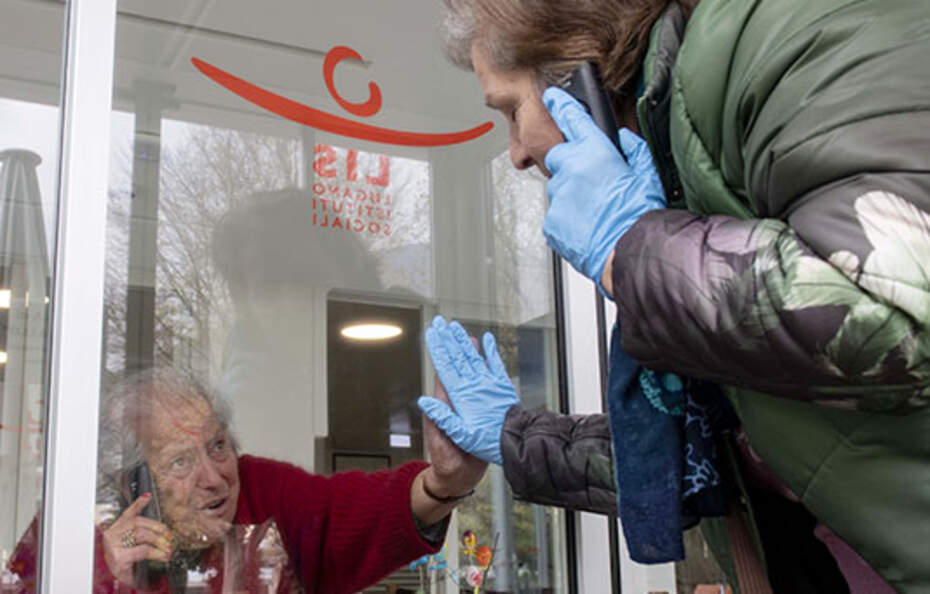
Coronavirus Switzerland
In early 2020, the COVID-19 pandemic severely affected Switzerland, further compounding inequalities. Thanks to the generosity of the people of Switzerland, Swiss Solidarity raised over CHF 44 million in donations. The money was used to fund 209 projects aimed at meeting needs associated with loss of income and costs incurred because of the pandemic. In total, these projects provided support to more than 1.7 million people. This aid was in addition to that provided by the Confederation and the cantons, and delivered in collaboration with Caritas Switzerland and the Swiss Red Cross.
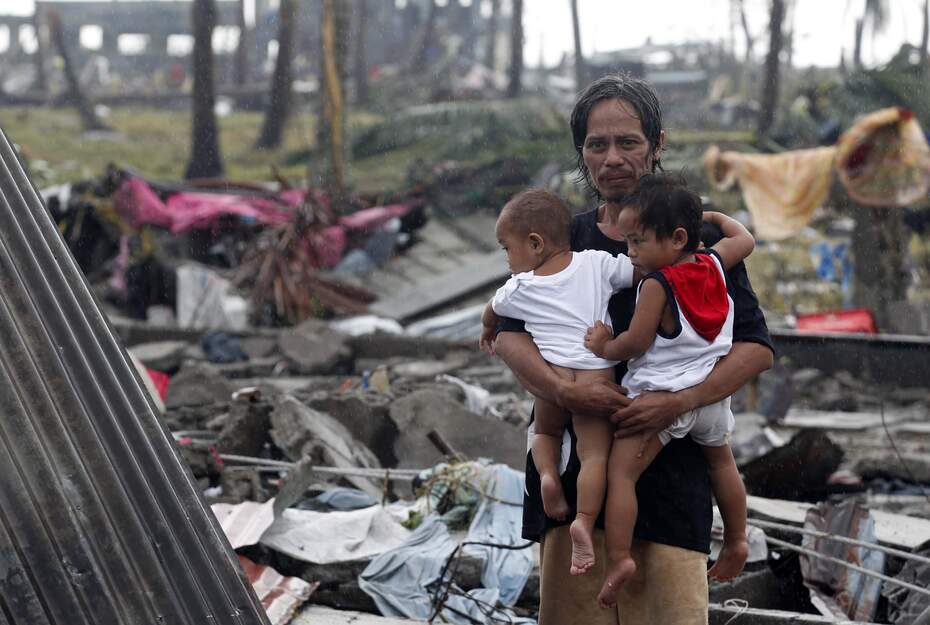
Typhoon Haiyan
On 8 November 2013, typhoon Haiyan swept across the Philippines, leaving a trail of misery in its wake. Thanks to the donations we received, our partner NGOs were able to provide vital aid, in particular by distributing essential goods, rebuilding homes and public buildings to meet safety standards, and enabling disaster victims to regain their livelihoods.
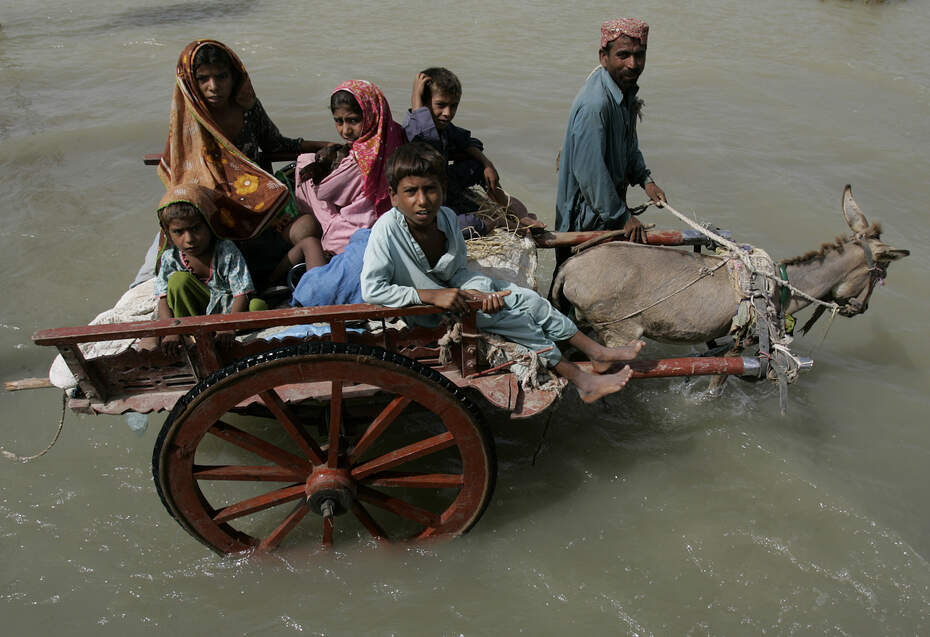
Flooding in Pakistan
CHF 42.2 million raised
In 2010, Pakistan was hit by floods of extraordinary proportions, thus exacerbating the challenges faced by an already vulnerable region. Swiss Solidarity set in motion a number of emergency and reconstruction projects, which were carried out by its local NGO partners. The aid provided was used to clean up water networks, improve access to drinking water and refurbish homes, health centres and schools.
Air Bonheur
In 1975, the Air Bonheur initiative enabled disadvantaged retired people to travel for the first time and spend a week holidaying in Majorca.
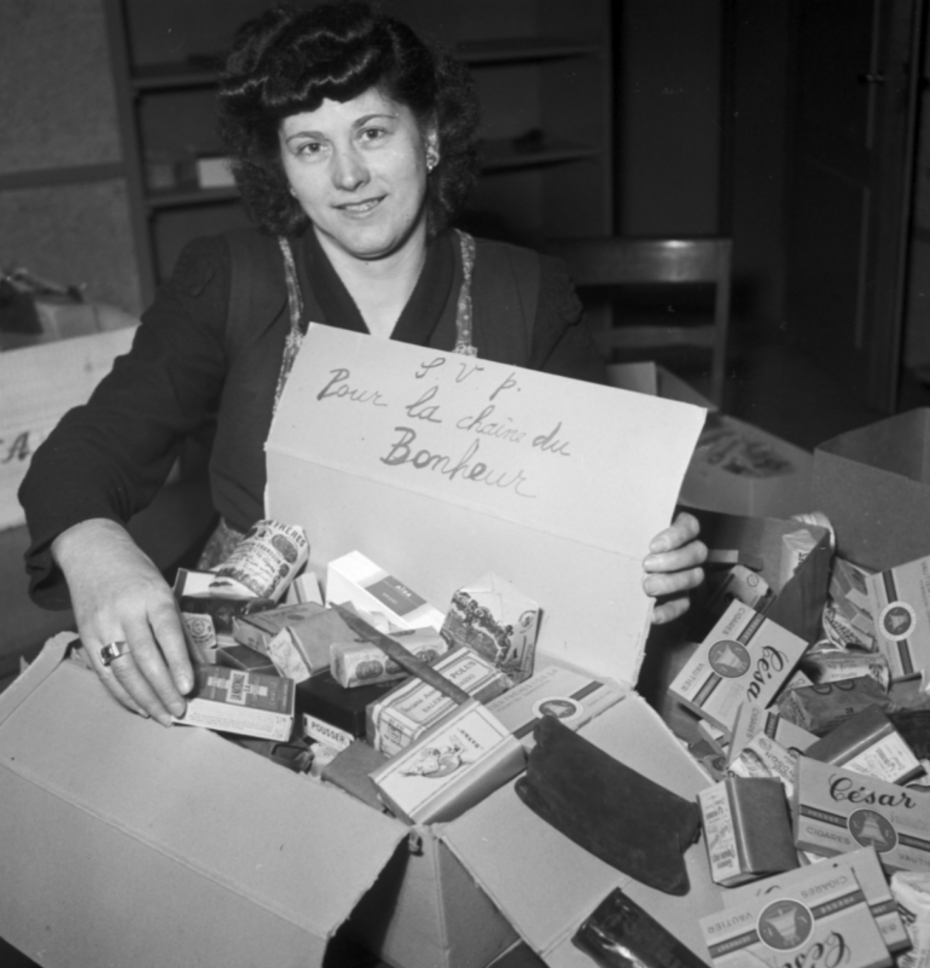
Chocolate and tobacco
In 1948, an appeal for tobacco and chocolate was launched to benefit Swiss seniors’ homes.

From felt hats to slippers
In 1948, Swiss Solidarity began collecting used felt hats which ill and convalescing patients then turned into slippers. The goal of the operation: “Through work and the chance to earn an income, instil in the souls of the sick the courage to live and the strength to heal!”
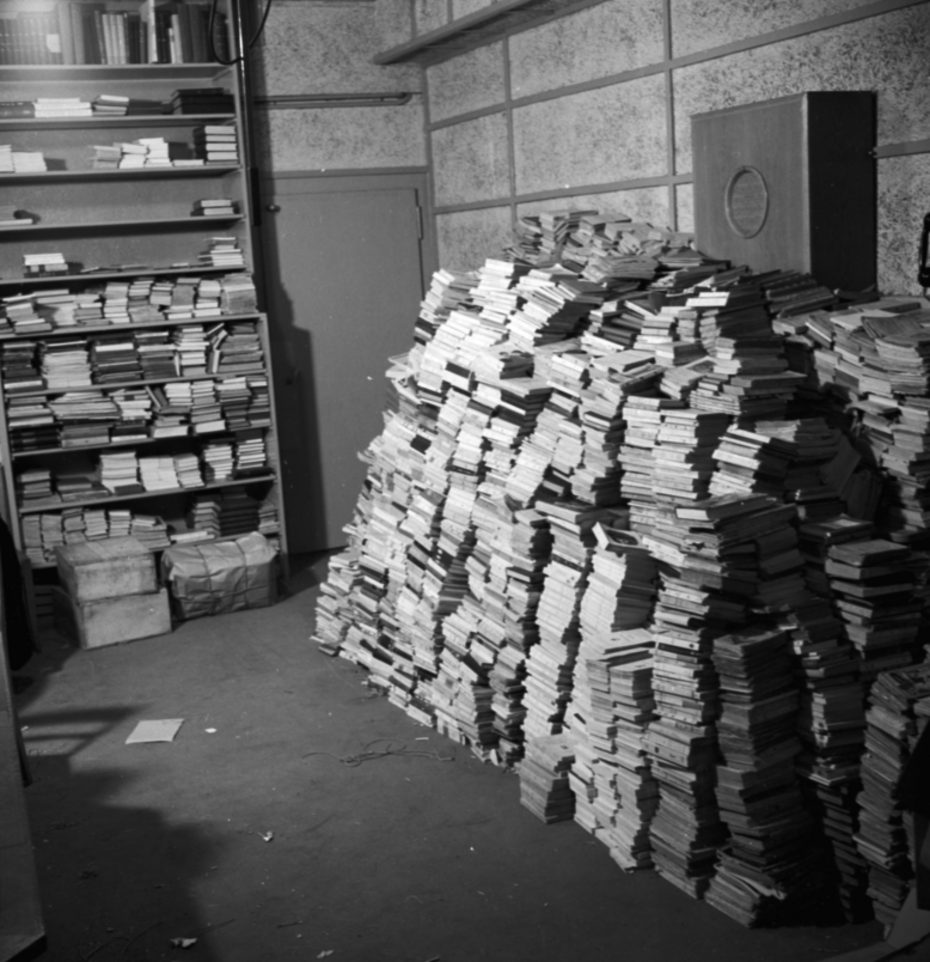
Good reads
The first national appeal, in 1947, sought to help soldiers suffering from mineral oil poisoning. Poisoning from coolant oil mistakenly used as cooking oil caused health problems in around a hundred people, leaving them with serious after-effects, including paralysis of the legs. Some 10 tonnes of books and magazines were collected for them.


